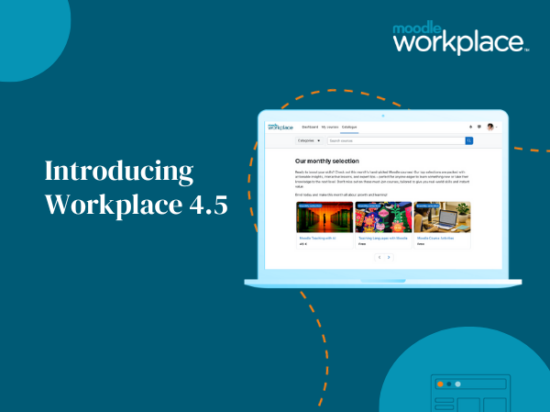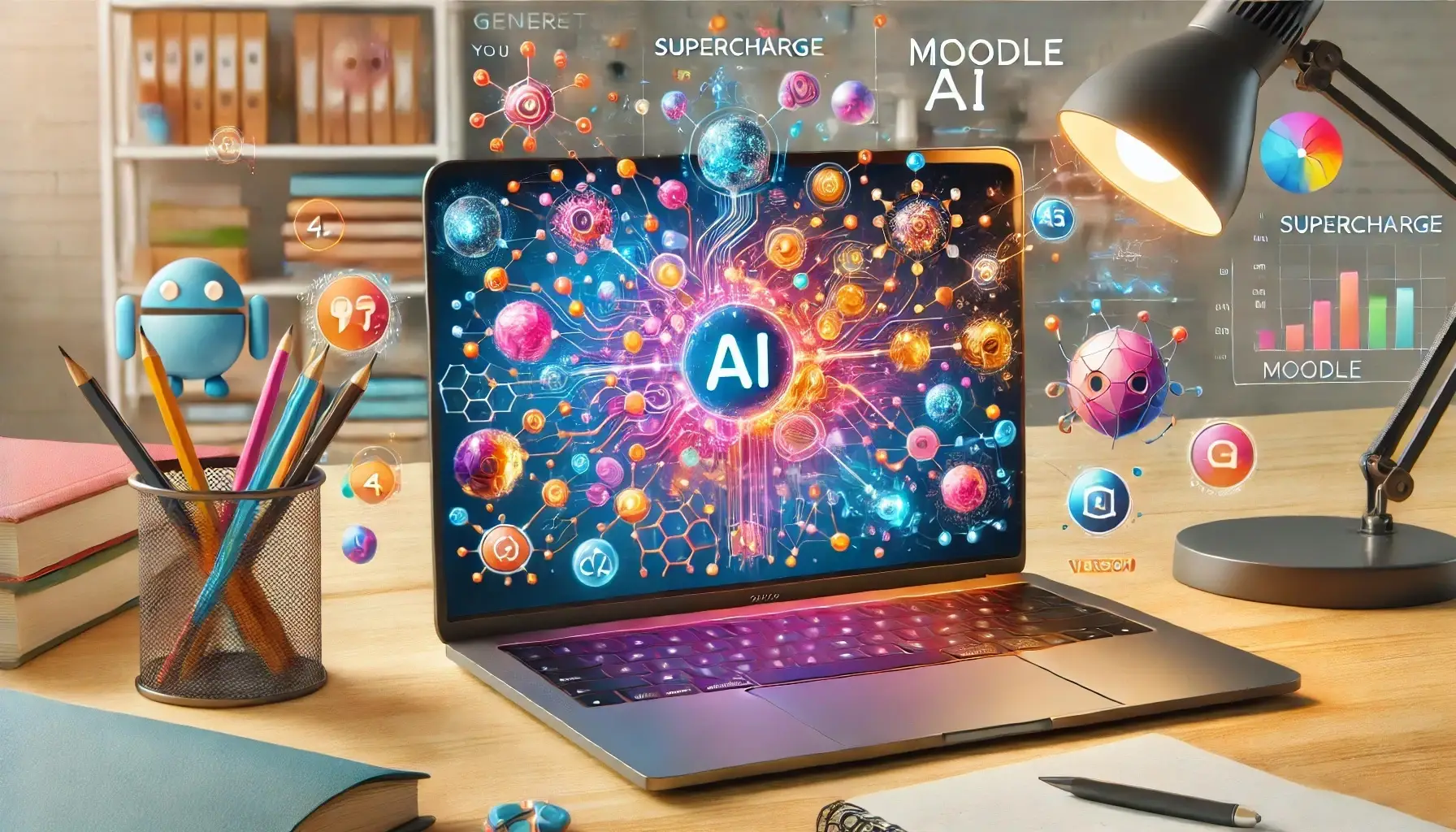In the modern world, algorithms are widely used to make decisions about everything, from hiring decisions to parole and bail decisions. However, despite their efficiency, algorithms are not perfect and can sometimes be biased. Algorithmic bias is a significant issue that has the potential to impact students’ educational success. As educators, it is essential to understand what algorithmic bias is and why it is crucial to be aware of.
Understanding Algorithmic Bias
Algorithmic bias refers to the systematic and unfair discrimination that results from the use of algorithms. Algorithms are designed to process large amounts of data and make decisions based on specific criteria. However, this process can sometimes lead to biased outcomes. For example, an algorithm used to select candidates for a job may unintentionally discriminate against people from certain ethnic backgrounds or those with certain names.
Algorithmic bias can be challenging to detect, as it often occurs unintentionally. However, the impact of algorithmic bias can be significant and far-reaching. Students from disadvantaged backgrounds are particularly vulnerable to the effects of algorithmic bias, as they may already face significant challenges in accessing educational opportunities. If an algorithm is biased against them, they may be further disadvantaged.
Importance of Educators’ Awareness
Educators play a crucial role in ensuring that students receive a fair and equitable education. However, algorithmic bias can undermine this goal. As algorithms are increasingly used in educational settings, it is essential for educators to be aware of the potential impact of algorithmic bias on their students.
Educators need to understand how algorithms work and how they can be biased. They should also be familiar with the data sets used to train the algorithms and be able to identify any potential biases in these data sets. By being aware of the potential for algorithmic bias, educators can take steps to mitigate its impact on their students.
In conclusion, algorithmic bias is a growing concern, particularly in educational settings. Educators have a responsibility to be aware of the potential impact of algorithmic bias on their students and to take steps to mitigate its effects. By understanding how algorithms work and being familiar with potential biases, educators can help to ensure that their students receive a fair and equitable education. Ultimately, this will help to create a more just and equitable society for all.







